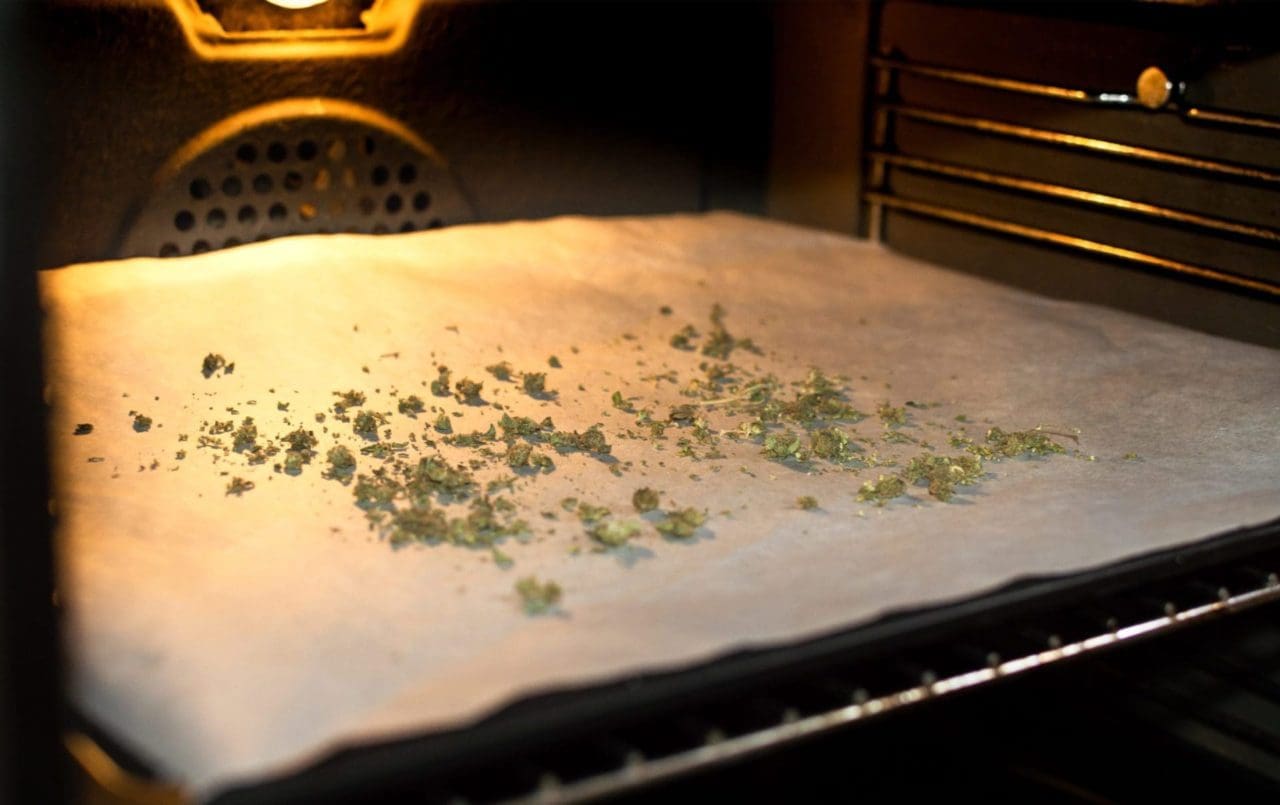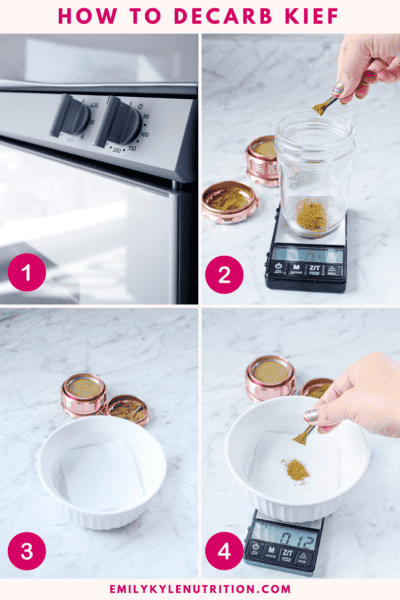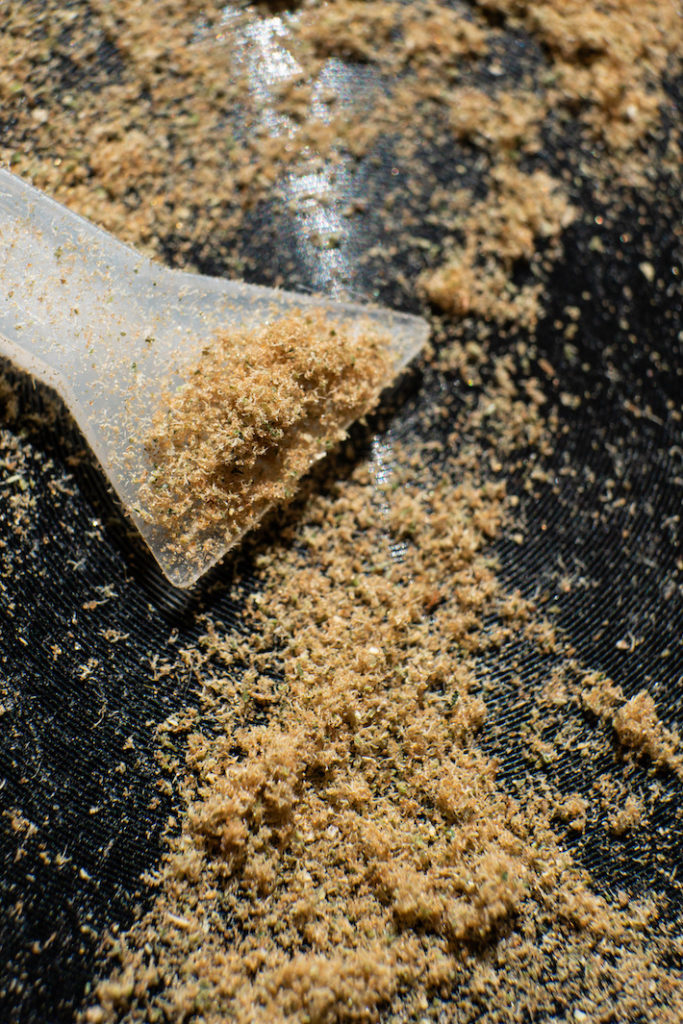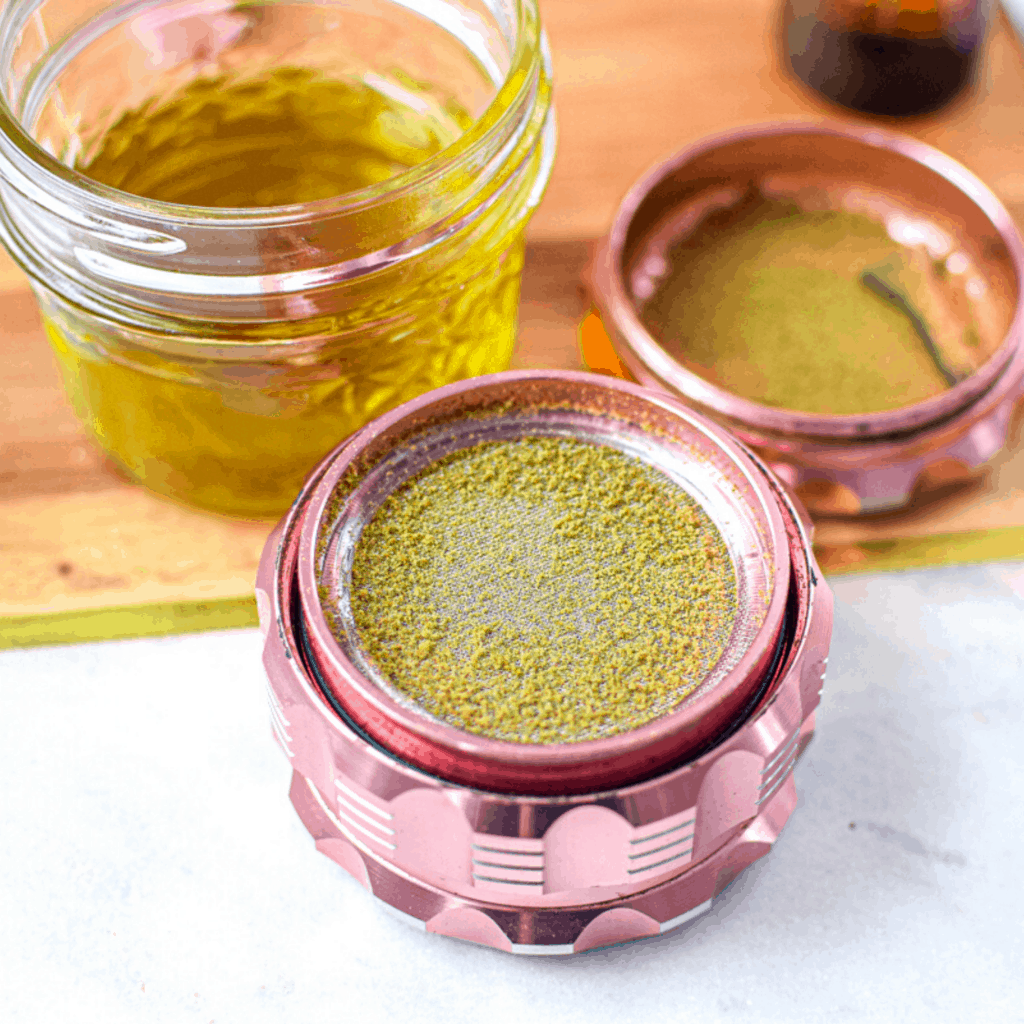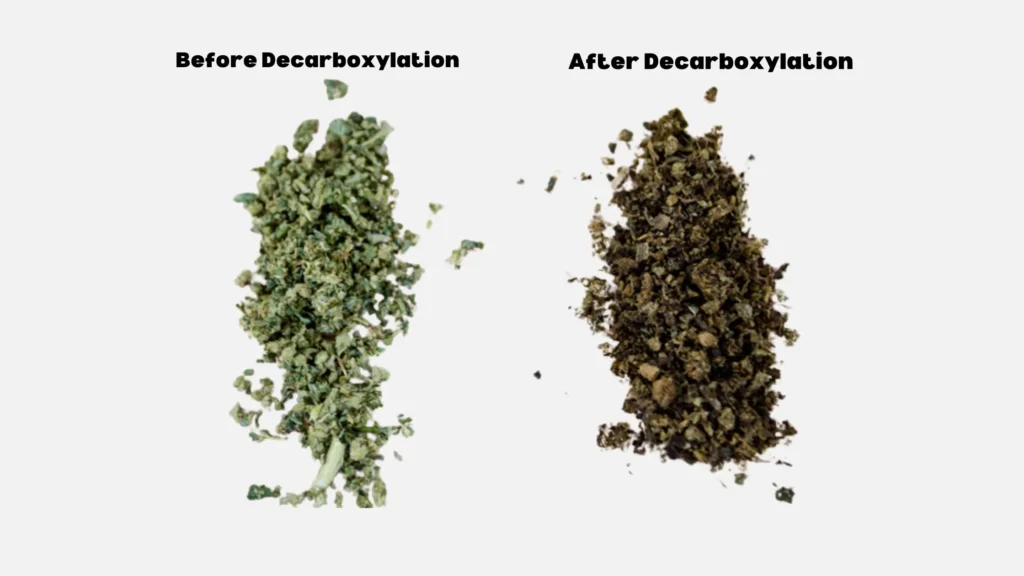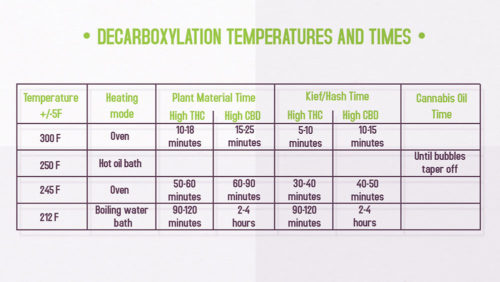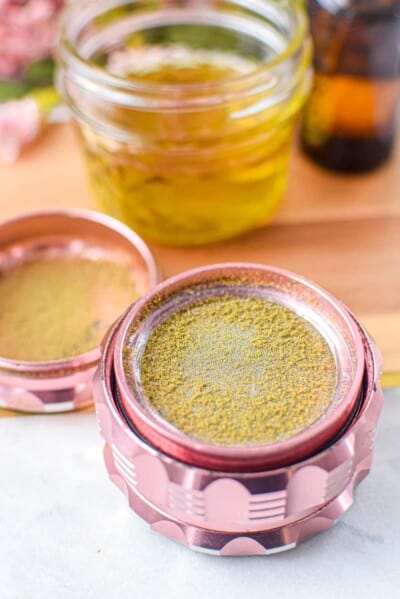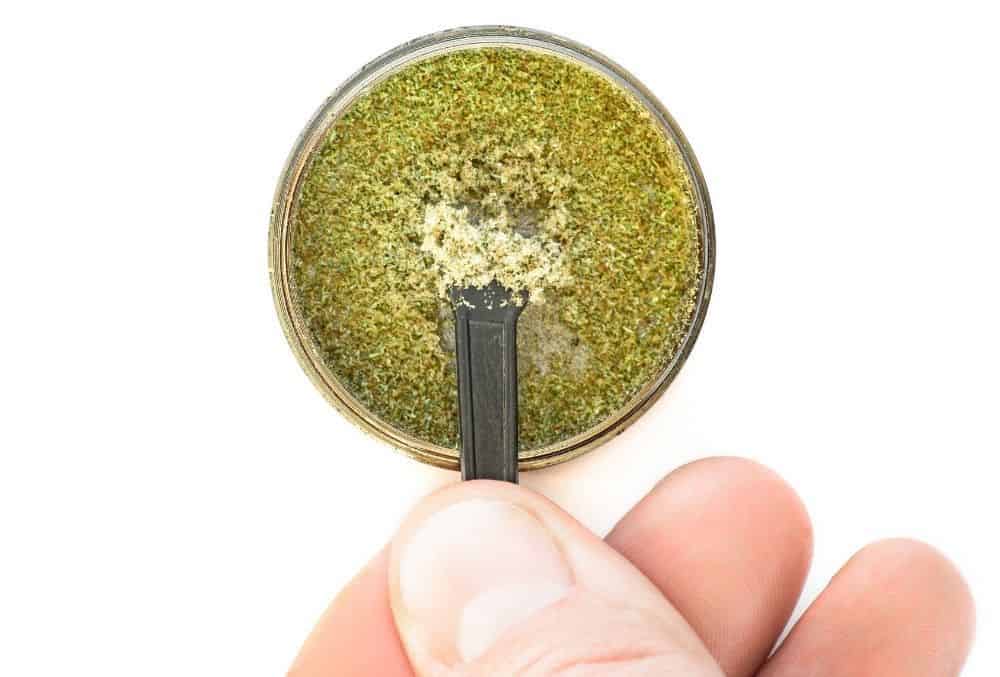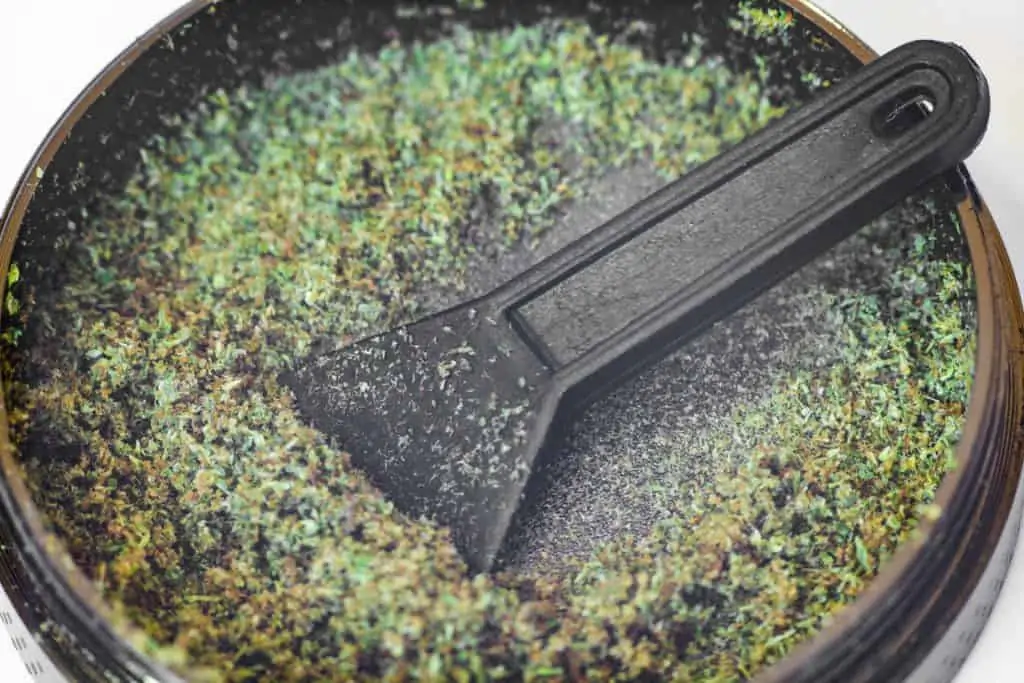How To Decarboxylate Kief In Oven
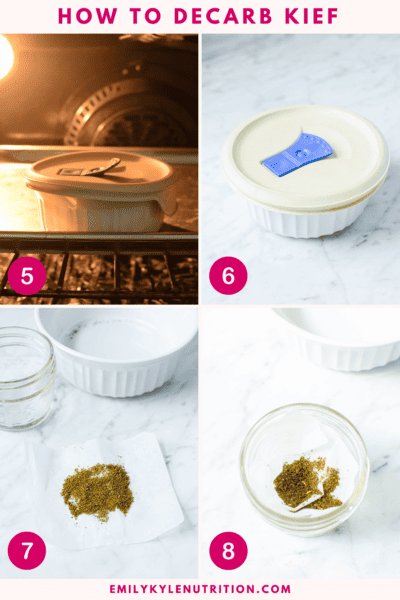
For cannabis enthusiasts seeking to unlock the full potential of their kief, a process called decarboxylation is essential. This chemical reaction, triggered by heat, converts non-psychoactive cannabinoids into their active forms, primarily turning THCA into THC.
One common and accessible method for decarboxylating kief involves using a standard kitchen oven. While simple, precision and careful monitoring are crucial to avoid burning or degrading the desired compounds.
Understanding Decarboxylation
Decarboxylation is the process of removing a carboxyl group (COOH) from a molecule, releasing carbon dioxide (CO2). In cannabis, this process activates the cannabinoids, making them able to interact with the body's endocannabinoid system. Untreated, raw kief contains primarily THCA, which has limited psychoactive effects.
According to a study published in the journal Cannabis and Cannabinoid Research, the optimal decarboxylation temperature and time can vary depending on the specific cannabinoid and the desired outcome. However, a general range of 220-250°F (104-121°C) is typically recommended for THC activation.
Materials Needed
To decarboxylate kief in an oven, you'll need a few basic items. These include kief, an oven, an oven-safe baking sheet, parchment paper, and an oven thermometer.
Having an oven thermometer is important because oven temperatures can fluctuate, leading to inconsistent results. Also, be sure to use parchment paper, which prevents the kief from sticking to the baking sheet.
Step-by-Step Guide
The process of decarboxylating kief in an oven involves several key steps. These range from preparation to accurately monitoring the temperature throughout the process.
Step 1: Preheat the Oven. Preheat your oven to 240°F (115°C). Using an oven thermometer is vital for ensuring accuracy.
Step 2: Prepare the Kief. Line the baking sheet with parchment paper. Spread the kief evenly across the parchment paper in a thin layer.
Step 3: Decarboxylate. Place the baking sheet in the preheated oven. Decarboxylate for 20-30 minutes, depending on the desired potency and the kief's moisture content.
Step 4: Monitor Closely. Keep a close watch on the kief, looking for a change in color from light to golden brown. Avoid letting it turn too dark, which can indicate degradation of the cannabinoids.
Step 5: Cool and Store. Remove the baking sheet from the oven and let the kief cool completely before handling. Once cooled, store the decarboxylated kief in an airtight container in a cool, dark place to preserve its potency.
Tips and Best Practices
Achieving optimal decarboxylation requires attention to detail and adherence to certain best practices. One important tip is to avoid overcrowding the baking sheet. Spreading the kief in a thin, even layer ensures uniform heating.
Another key factor is the accurate monitoring of temperature. "Fluctuations in oven temperature can significantly impact the decarboxylation process," notes Dr. Jane Doe, a cannabis researcher. Regular checks with an oven thermometer help maintain consistency.
Consider the moisture content of your kief; dryer kief might require less time in the oven. Adjust the decarboxylation time accordingly to prevent burning or over-degradation.
If you are unsure, it's better to start with a shorter time (e.g. 20 minutes) and observe the color change. You can always return it to the oven for a few more minutes if needed.
Properly decarboxylated kief can be used in a variety of ways. It can be added to edibles, infused into oils, or even sprinkled on top of flower for an extra boost of potency.
The possibilities are vast once the cannabinoids have been activated through decarboxylation. The most common application is in edibles, but it can be used in a variety of methods.
Potential Impact
Mastering the art of decarboxylating kief opens up a world of possibilities for cannabis consumers. Being able to accurately decarboxylate can also help users dose properly when making edibles.
It allows for greater control over the potency and effects of cannabis-infused products. This is particularly beneficial for medical cannabis patients who require precise dosages for effective treatment.
Furthermore, understanding the decarboxylation process promotes responsible cannabis consumption. By activating the cannabinoids, users can avoid wasting valuable product and ensure they are getting the most out of their kief.
"Decarboxylation is a fundamental skill for any cannabis enthusiast looking to create their own edibles or concentrates," says John Smith, a seasoned cannabis chef.
In conclusion, decarboxylating kief in an oven is a relatively simple process that yields significant results. By following these steps and tips, you can unlock the full potential of your kief and enjoy the many benefits of activated cannabinoids.
